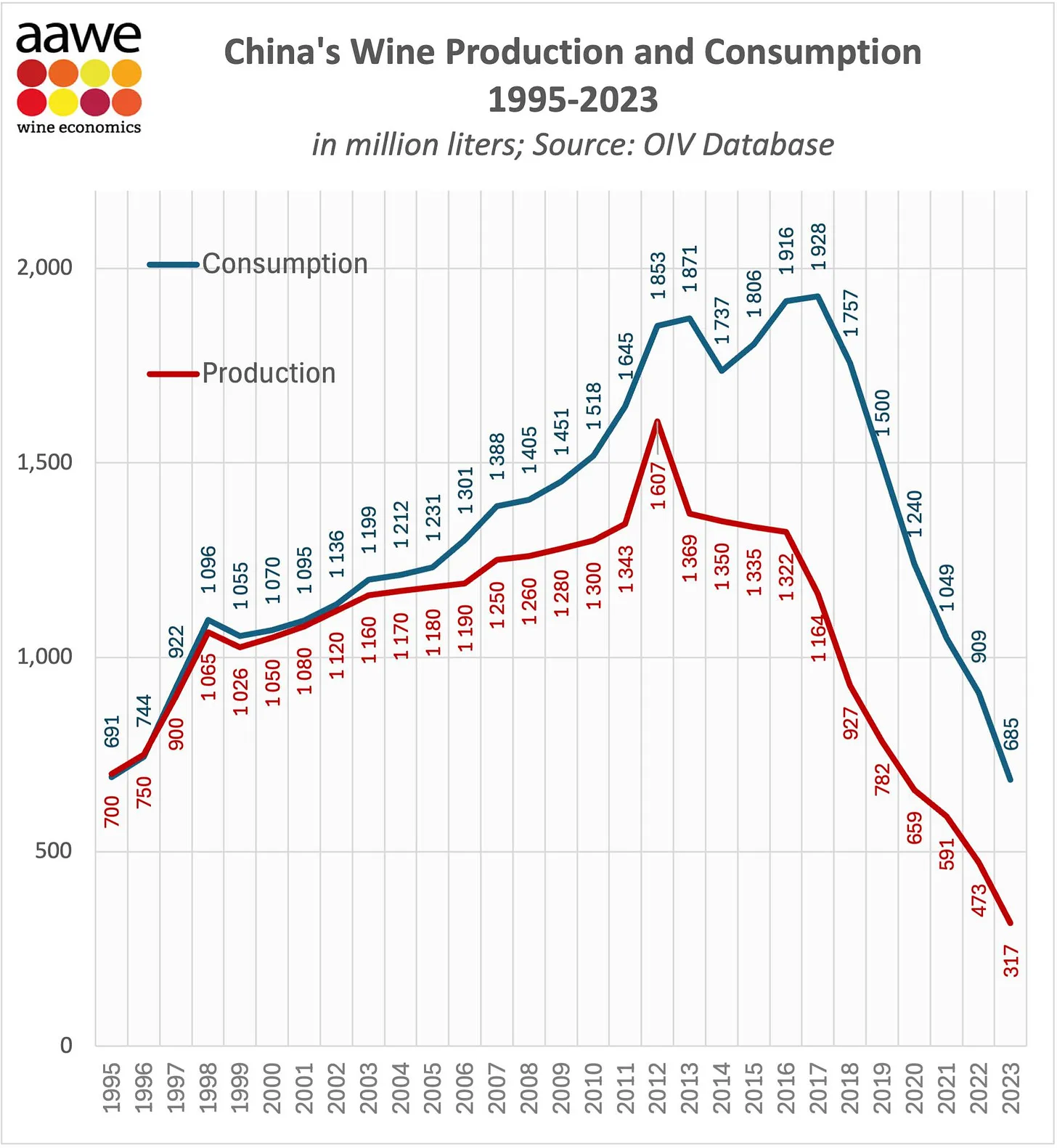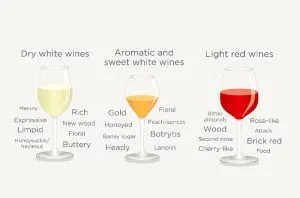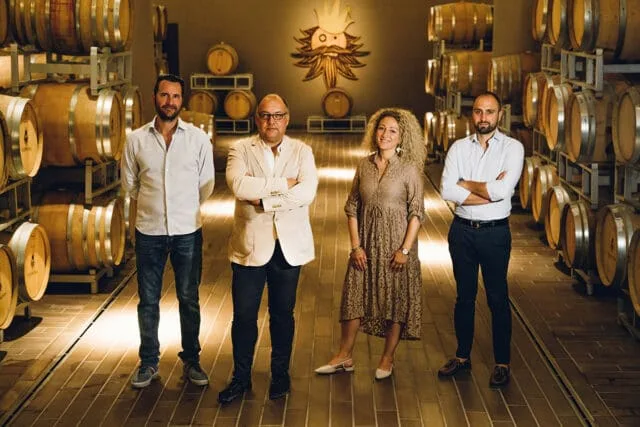The Chinese wine industry isn’t having much fun at the moment. It seems to be in the death throes of a boom-and-bust affair which has seen both production and consumption figures fall off the edge of a cliff. This graph, based on OIV data, sets it out starkly.
Production is now at half the level it was in 1995, and less than a tenth of the peak figure in 2012. Wine consumption peaked in 2017 and is now back down to its 1995 level.
But that isn’t quite the whole story.
When China got the wine bug big-time in the early 2000s, the boom was driven by massive wineries with corporate investors. I remember tasting my first Chinese wines at Prowein Düsseldorf in 2013, and they were all from estates producing millions of bottles a year – who told me that made them small to medium sized! Virtually all employed European winemakers, and the wines were overwhelmingly red Bordeaux imitations.
It took much longer for what you might call an artisanal sector to develop. Silver Heights became China’s first biodynamic certified winery as recently as 2023. Natural wine became popular in big cities like Shanghai or Shenzhen from around 2018. That in turn has inspired Chinese winemakers down the minimal intervention path – significantly with orange wine as the poster child. Now even Great Wall, China’s biggest mega-winery, makes an ‘orange’.
I visited China twice in 2023, and tasted a whole bunch of domestic natural wines. Significantly, almost all of them came from small
This Article was originally published on The Morning Claret






